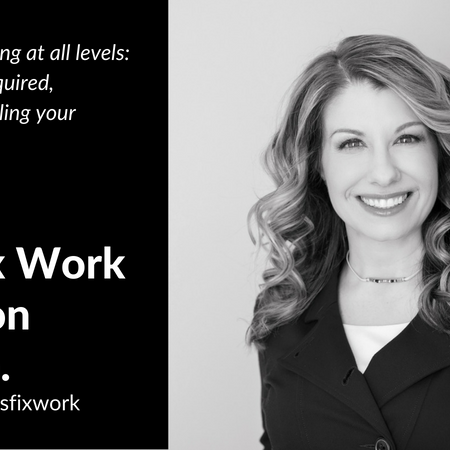
The HR community has always been five years behind the rest of the business world, and, when it comes to the concept of influence, things are no different.
A few years ago, several members of my HR/tech/blogging family were criticized for allegedly taking money in exchange for posting tweets and content that weren’t marked as ads. Now, that was called “advocacy” and “an influencer campaign” in 2011, but, in the world of HR, it looked like dirty money.
There was a ton of drama involved in this debate, and several people were accused of being biased and deceitful. There was no due process, and numerous bloggers were banned from conferences. It’s not lost on me that all of the bloggers were women, while men who run analyst firms — and take money from just about anybody with a wallet or a Venmo account — were allowed to conduct business as usual.
The whole thing made me sick. These women may or may not have accepted money in exchange for promoting products or services, but who cares? They were called whores and bitches and much worse. I heard it with my own ears and jumped to their defense. It got me nowhere, and, ultimately, lumped in with women who like to cause trouble. I didn’t attend many HR tech conferences for a few years because of this nonsense.
Time has passed since the HR technology community held its witch hunt, and now we’ve got a new development in our marketplace — an official influencer and advocacy program being run by a notable marketing firm.
And that’s fine. Welcome to 2012. The top songs are “Somebody That I Used To Know” by Gotye featuring Kimbra, “Call Me Maybe” by Carly Rae Jepsen, and “We Are Young” by fun featuring Janelle Monae.
“Toniiiiiiiiiiiiiiiiight, we are young.”
I still like the song.
The founders of this new HR influence program asked me — what do you think of our idea? Is the market ready for this program?
Hm. I raised my hand with a lot of questions.
How will you stay compliant with FTC guidelines on advertising? Will your ads be transparent? And how do you define influence? Who moves the needle? Your program can see social reach and resonance but are you measuring other markers of influence like private speaking events, curated groups, appearance in the mainstream media, email lists and consulting relationships?
I brought up a lot of good points, I was told. Would I ever join an HR influencer community?
I was like — no way but good luck to you.
So, flash forward to this moment, the HR technology community has an official influencer program. They’re trying to influence HR in the most basic ways. People are being paid per blog post and tweet. And it’s not hard to tell which pieces of content are sponsored — not because they’re marked as ads — because they’re odd and incongruent with the author’s tone of voice and style.
I wish the program well, but these types of endeavors are dated. I was part of an influencer campaign with the BlogHer community back in 2007. And, even back then, advertisers found it tough to capitalize on social mentions.
If I were starting an influence program in the HR space, I’d start a talent agency. I’d represent the top five people. Everything else falls under the law of diminishing returns. And I’d create a program of sponsorships, events, content, and training — internally for HR tech sales teams and externally for HR practitioners — to lift everybody up.
This agency would be a union of the best and brightest influencers in the HR space, and they wouldn’t be paid to tweet. They’d be paid to think and communicate.
That’s how you do influence in 2018 and beyond.